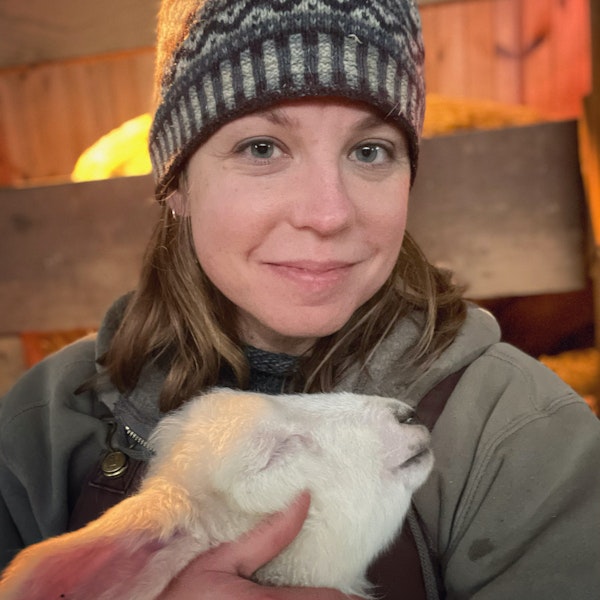
Kate Larson, editor of Farm & Fiber Knits, was the editor of Spin Off from from 2018–2025. She's excited to continue serving Spin Off as content editor. Kate teaches handspinning around the country and spends as many hours as life allows in the barn with her beloved flock of Border Leicesters.
In this excerpt from Kate Larson’s article “Spinning for Warp-Faced Bands,” get a sneak peek at Spin Off Spring 2018.
Sheep are often misunderstood. As prey animals, often their best defense is inscrutability, memory, and behavior when sensing danger. There are a few common sheep myths that this ovine-besotted shepherd would just like to clear up.
This usually results in skeins of handspun yarn that I love, but I need to find just the right project to fit the gauge and yardage.
Deb Menz has been one of my most important color resources for more than a decade. I took a three-day dyeing workshop with her that laid the groundwork for my own understanding of color in fiber arts.
It’s no wonder that we look forward to Kate Larson’s latest Roving Reporter—we can’t wait to see what she’s been up to!
When I visited Shetland several years ago, I met one of its most famous handspinners.
The fall harvest is finally finished: the crops are in, barn is full of hay, and the last group of woolly ewes was shorn.
I often talk about a spinner’s path or fiber journey. My experience is like walking the lovely paths at the John C. Campbell Folk School.
If you love wool, you’ve probably read about sheep breeds that were developed by crossing other purebred sheep. These are sometimes called composite breeds.
This cheerful mill in Albuquerque is where Ruth Baldwin works her magic on piles and piles of wool, transforming fleece into custom wool roving and yarn.